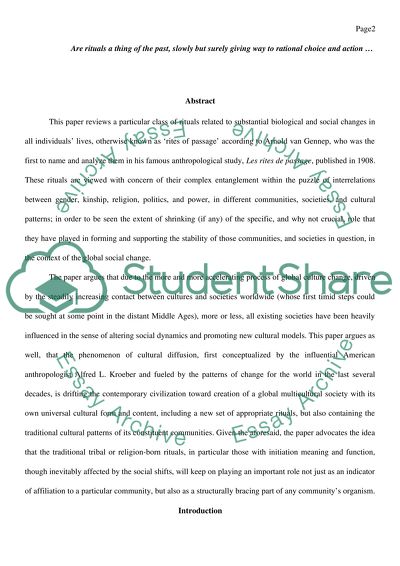Cite this document
(Rituals of the Past in Contexts of Global Social Change Literature review, n.d.)
Rituals of the Past in Contexts of Global Social Change Literature review. Retrieved from https://studentshare.org/anthropology/1558988-kinship-ritual-gender-final-anthrophology-essay
Rituals of the Past in Contexts of Global Social Change Literature review. Retrieved from https://studentshare.org/anthropology/1558988-kinship-ritual-gender-final-anthrophology-essay
(Rituals of the Past in Contexts of Global Social Change Literature Review)
Rituals of the Past in Contexts of Global Social Change Literature Review. https://studentshare.org/anthropology/1558988-kinship-ritual-gender-final-anthrophology-essay.
Rituals of the Past in Contexts of Global Social Change Literature Review. https://studentshare.org/anthropology/1558988-kinship-ritual-gender-final-anthrophology-essay.
“Rituals of the Past in Contexts of Global Social Change Literature Review”, n.d. https://studentshare.org/anthropology/1558988-kinship-ritual-gender-final-anthrophology-essay.


